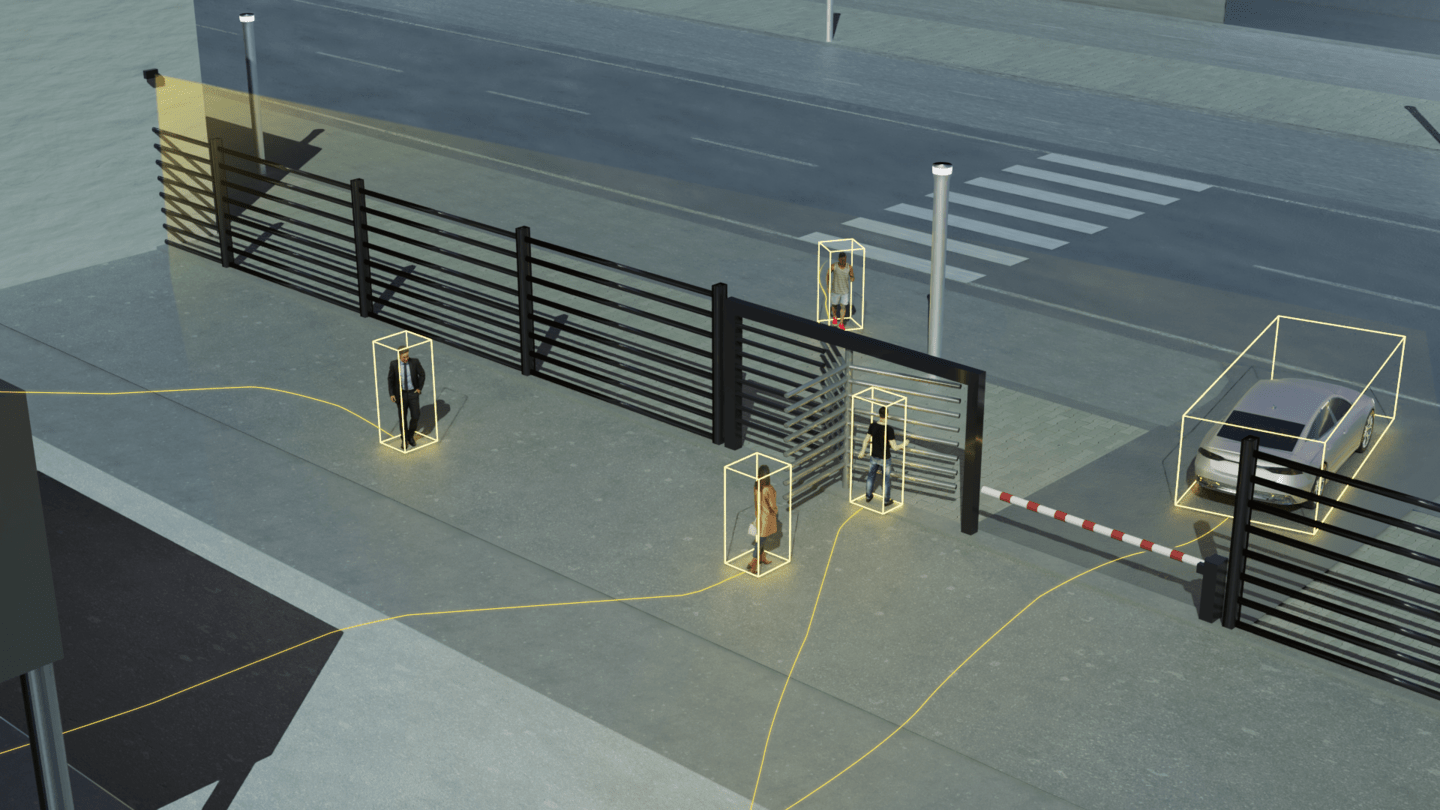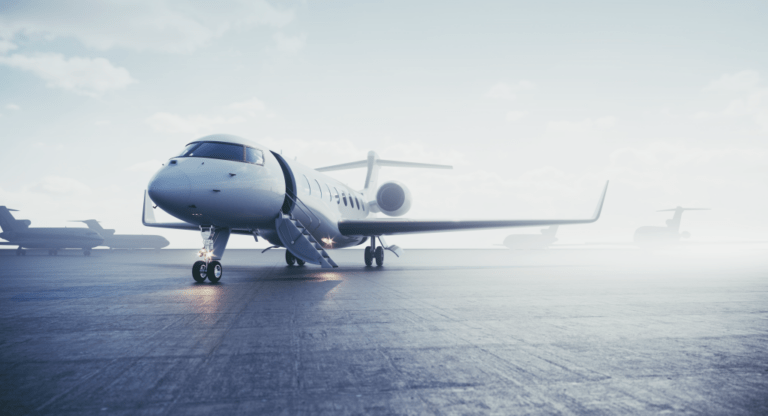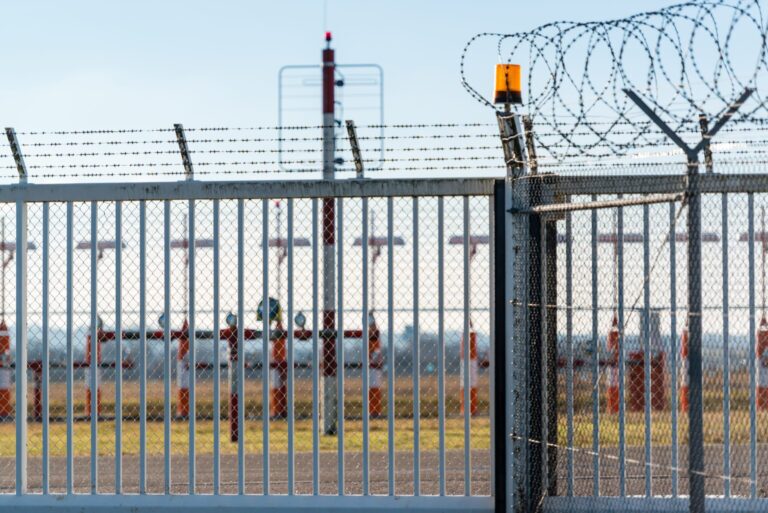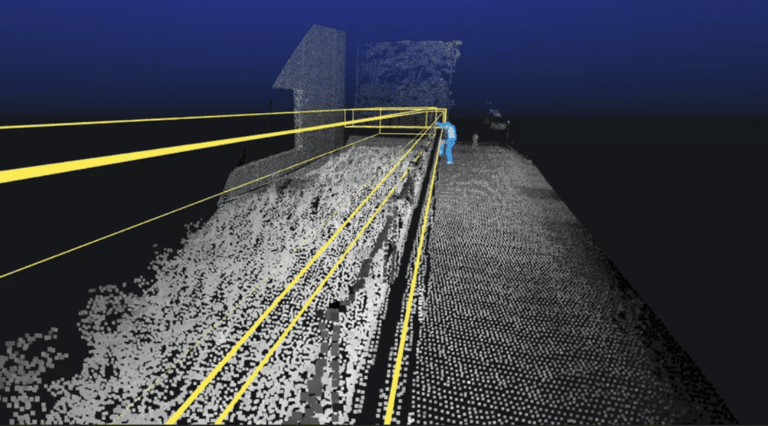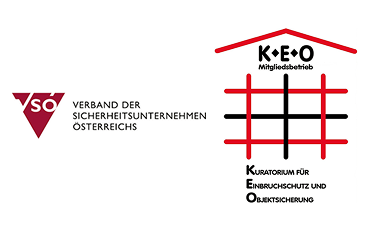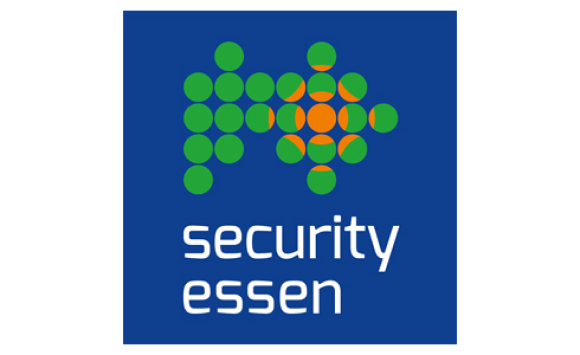LiDARs are gaining in popularity for security and surveillance applications and easily beat their counterparts like cameras or radars thanks to characteristics like high reliability, long-range, centimeter-level accuracy, and insensitivity towards challenging weather and lighting conditions.
In this blog post, we will explore a wide range of use cases where LiDARs can be employed to create fool-proof security systems:
LiDAR-Based Security Systems
Zone monitoring
Protecting an expensive piece of equipment, such as a million-dollar turbine at an oil rig, or property, like a sports car parked in a showroom’s parking lot, can be very challenging and costly. Security, in this case, also includes preemptive detection of any threats reducing the chances of damage to the property to as low as possible. LiDARs can be very helpful for this purpose, as they allow real-time object detection and monitoring within a particular area with high accuracy, therefore reducing the false alarm rates.
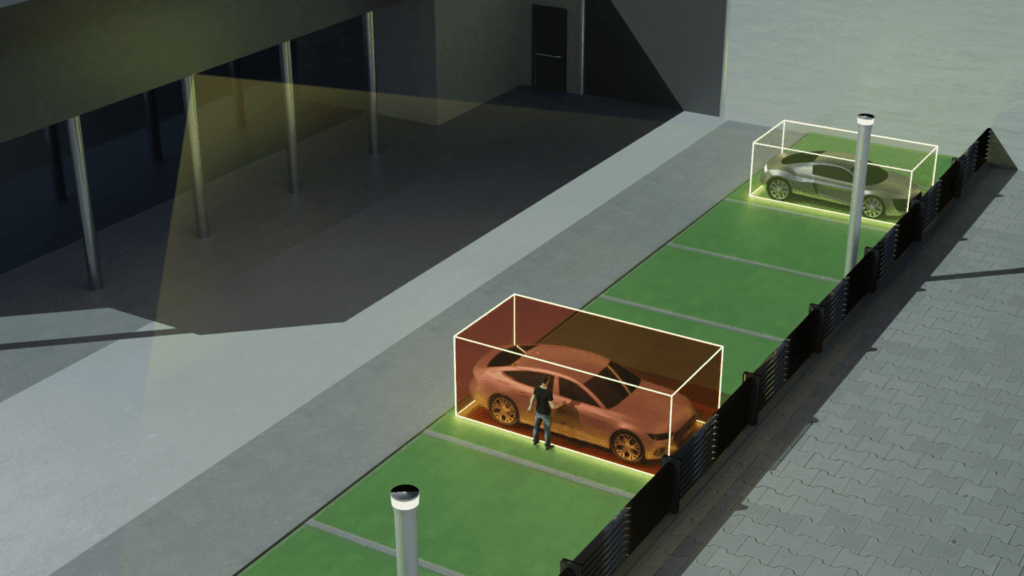
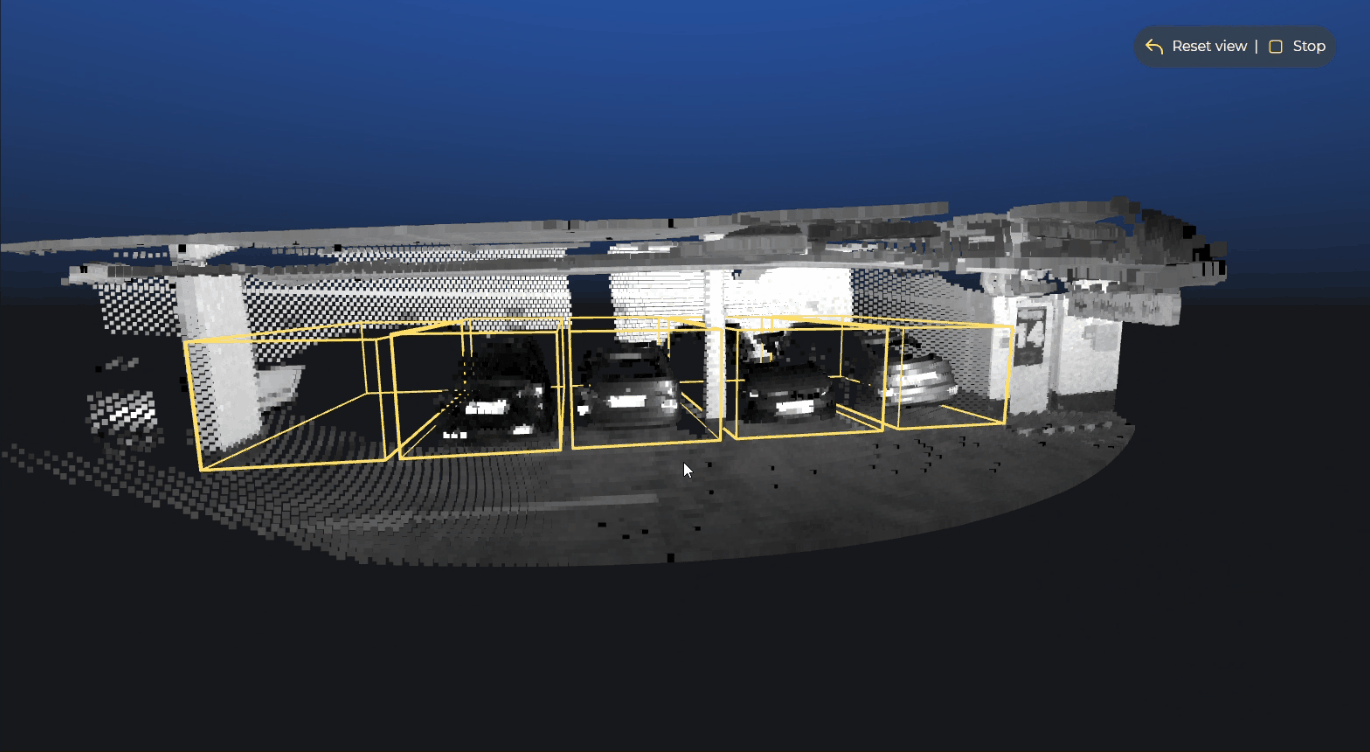
How it works:
A protective region can be created around the object, an expensive sports car or a turbine in our example case, which would work as a no-go zone. As soon as objects are detected in this defined area, an alarm within the security system can be triggered or complementary security apparatus, such as cameras, lights, and alarms, can be turned on. This way, either the security team is alarmed and can step in or intruders are scared off. LiDAR is also the obvious choice from a data protection view: LiDAR 3D data collects anonymized information which does not allow identification of individuals. Only if someone enters a secured zone, cameras are turned on to ensure security, avoiding recording personal data 24/7.
Intrusion Detection
Many buildings and facilities require their boundaries to be secured and monitored. And if the perimeter to be secured is extensive, it could cost a fair bit and potentially leave a lot of vulnerabilities. Another massive problem in perimeter security is the cost incurred due to false alarms since current security systems can lack accuracy.
LiDAR-based intrusion detection can be helpful for any perimeter where entry and exit need to be controlled and monitored, e.g., fences, building facades, and entrances of buildings. Applications could range from the boundary wall of shopping malls and fences around educational institutes to monitoring entry and exits at military facilities, ports, or airports.
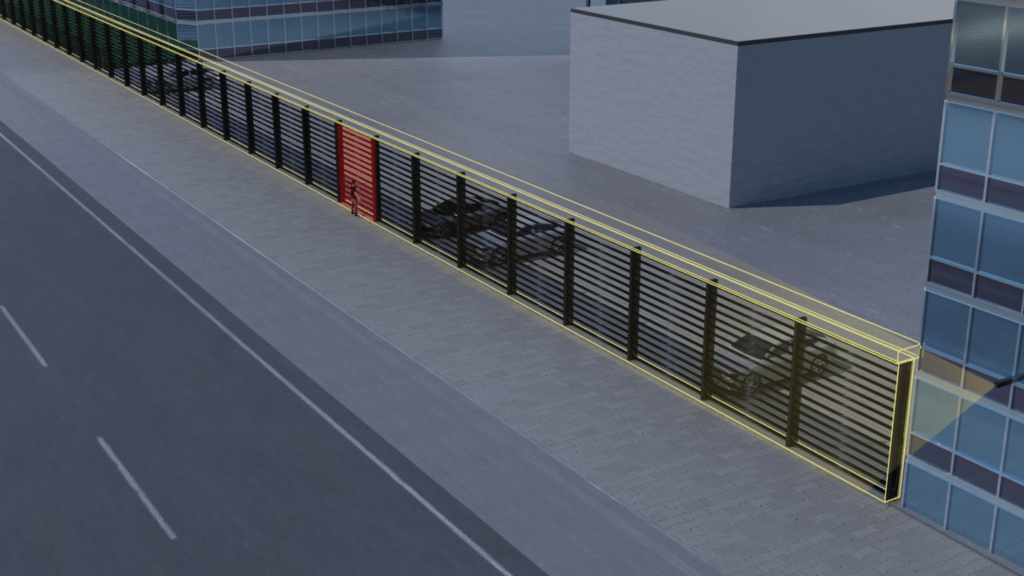

How it works:
A virtual wall or fence can be created parallel to the real fence or wall, and a single LiDAR can offer reliable coverage for distances as long as 80m. The high accuracy of LiDAR generated 3D data leads to minimal false alarm rates and allows for customized setting of specific conditions for triggering an alarm. For instance, the user can set the minimum size threshold of the object before an alarm is triggered, making sure things like wildlife or vegetation don’t trigger false alarms. Accuracy of the 3D data also ensures that the alarm is only triggered when somebody actually steps into the no-go zone rather than someone just walking in the vicinity.
Facade surveillance
Very few modern-day security apparatus can protect against scaling of a wall or façade. This type of monitoring would be vital if a person or object tries to climb the side of a building to enter through a window, for example. Similarly, the plethora of camera fitted drones, which are able to hover almost everywhere, pose a novelty security threat, and for now there seems to be a lack of any viable solutions against these nuisances.
LiDAR, when installed in a vertical configuration, can provide protection against this kind of intrusion and guard against any person or object such as a drone moving up the wall. LiDAR can be easily mounted on structures such as prisons, banks, and museums to detect any untoward movement along the façade of a building.
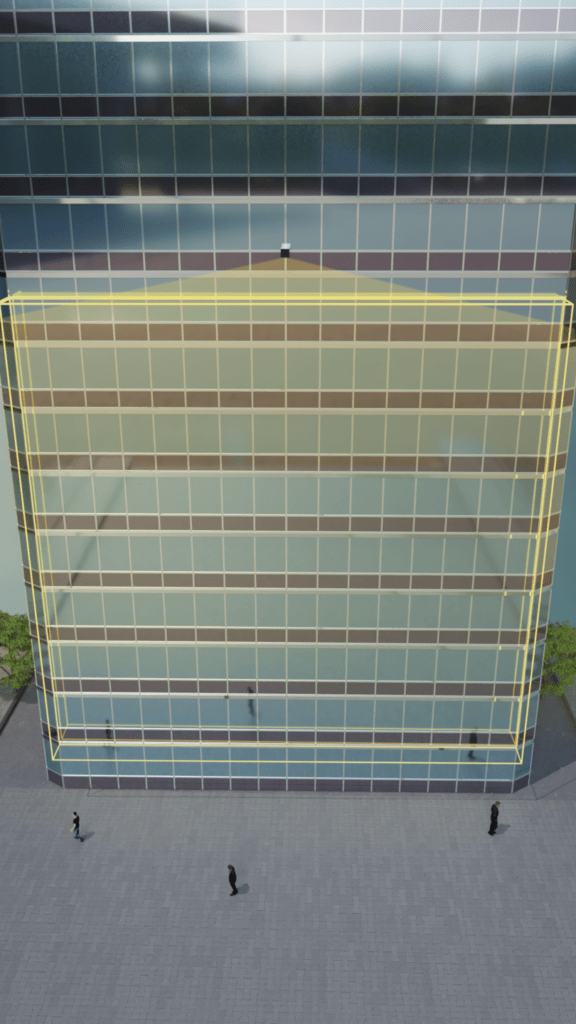

How it works:
The LiDAR sensor can be installed vertically at the height which we want to cover. The mounting can also be flexible, thus increasing the possible area that can be monitored.
Blickfeld LiDAR sensors, in particular, can also work without a top-down mounting since its scan pattern is both horizontal and vertical with a field of view of 72×30, thus offering coverage in 3D. This 3D data is very valuable as an entry/exit into the building via scaling of the wall can be immediately detected, i.e., the exact floor where the intrusion happened. This is not possible with cameras, since they cannot measure the 3rd dimension.
Blickfeld LiDAR-based security systems, in the case of façade surveillance, can offer coverage of >50m tall walls and even help in the detection of open windows and doors.
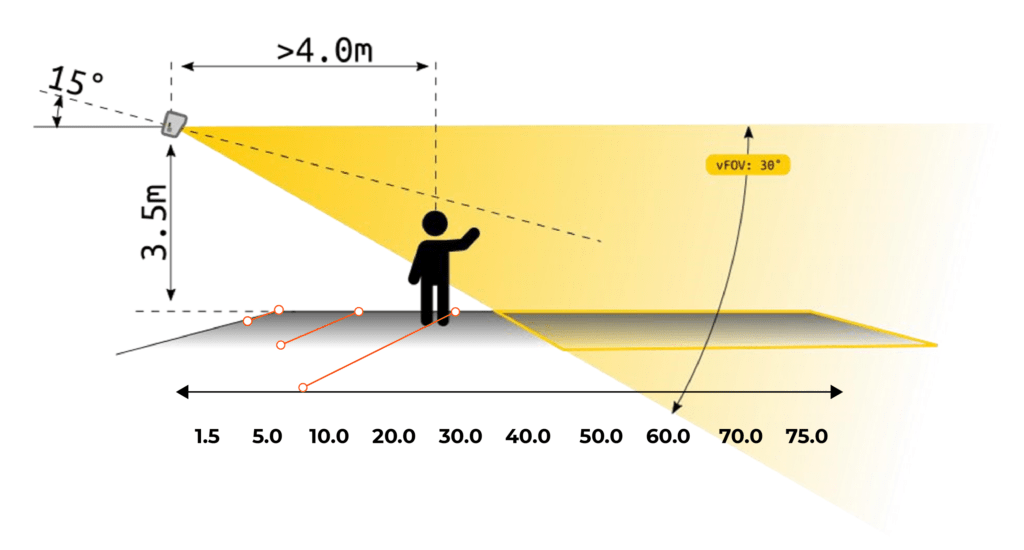
Object Tracking
Object tracking can be helpful in areas with a lot of commotion and activity and where keeping track of individual objects might be a tough ask for the current security systems. Consider, for instance, a busy entrance to a shopping mall. LiDAR can be used to create a security system to monitor any activity around the fences and track the entrances and exits into the shopping mall as well as the main gate.
A lidar security system’s object tracking capabilities also enable people to count and track objects entering and exiting a particular building or a gate. This data can be used in people flow tracking, business intelligence collection for retail solutions, and crowd management for large-scale events.
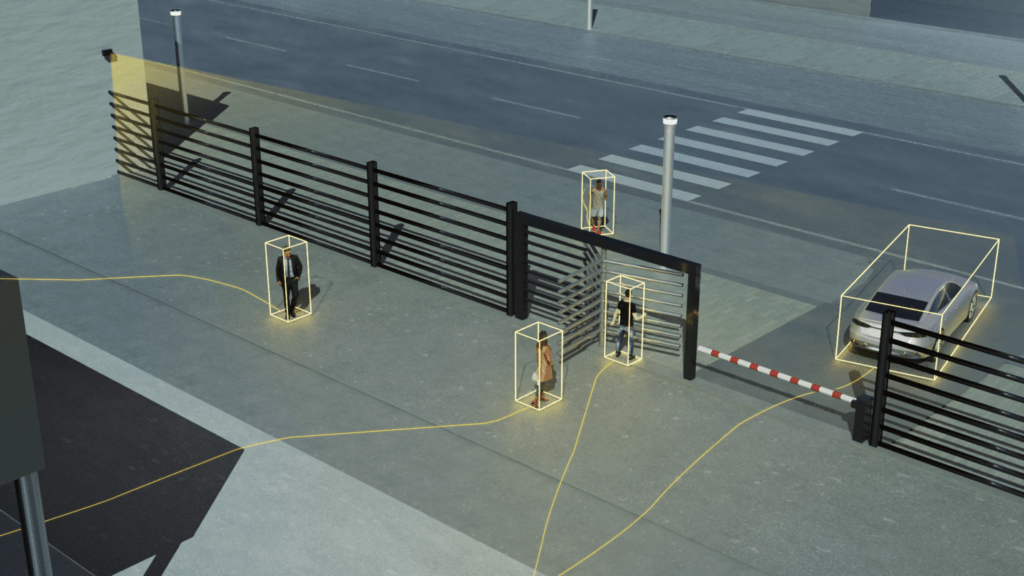

How it works:
LiDAR, and its complementary software, uses bounding boxes around each point cloud to identify and separate different objects in the field of view. These boxes are then given tracking IDs, and a comparison with the database of objects is used to quickly identify the type of object (car, bike, pedestrian). The direction and speed of the moving objects can also be easily determined using the distance vectors; therefore, the number of objects entering and leaving the parking lot and the shopping mall itself can be determined.
This, in addition to the generation of business intelligence data and heatmaps for crowd flows or conversion rate tracking, crowd control, and people counting, makes LiDAR a perfect fit for a holistic and all-encompassing security system. LiDAR-based object tracking can also be used to implement social distancing measures while respecting privacy concerns.
LiDAR Compared to Other Sensors
LiDAR sensors guarantee privacy, are agnostic towards lighting conditions, compare very well to cameras in bad weather conditions, are cheaper for larger projects as they cover up to four times the area of a typical camera, and are getting more affordable to produce with new advancements in the technology. You can learn more about different LiDAR in security applications and what benefits they offer compared to other sensors in one of our previous blog posts.
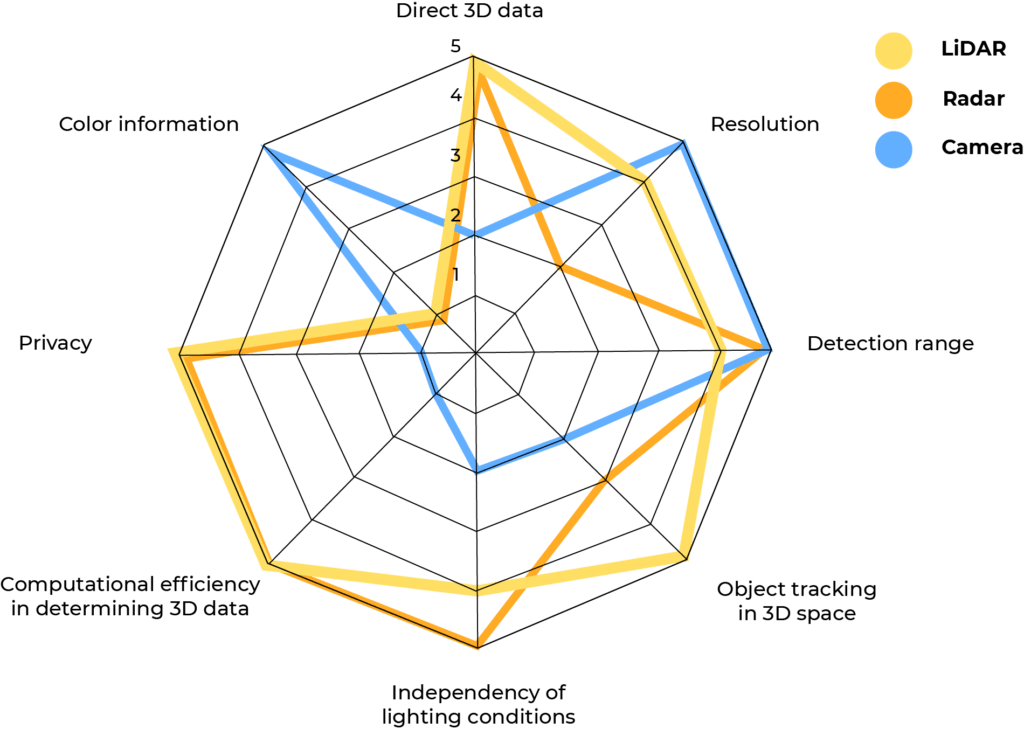
LiDAR Security Systems Are Your Best Bet
The security systems defined above use LiDAR as the primary sensor and promise dependable and effective security solutions. The robust 3D data generation capabilities create an innovative, efficient, and automated security ecosystem that enables effective and real-time threat detection in private and public spaces.

